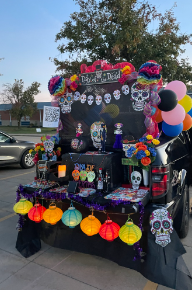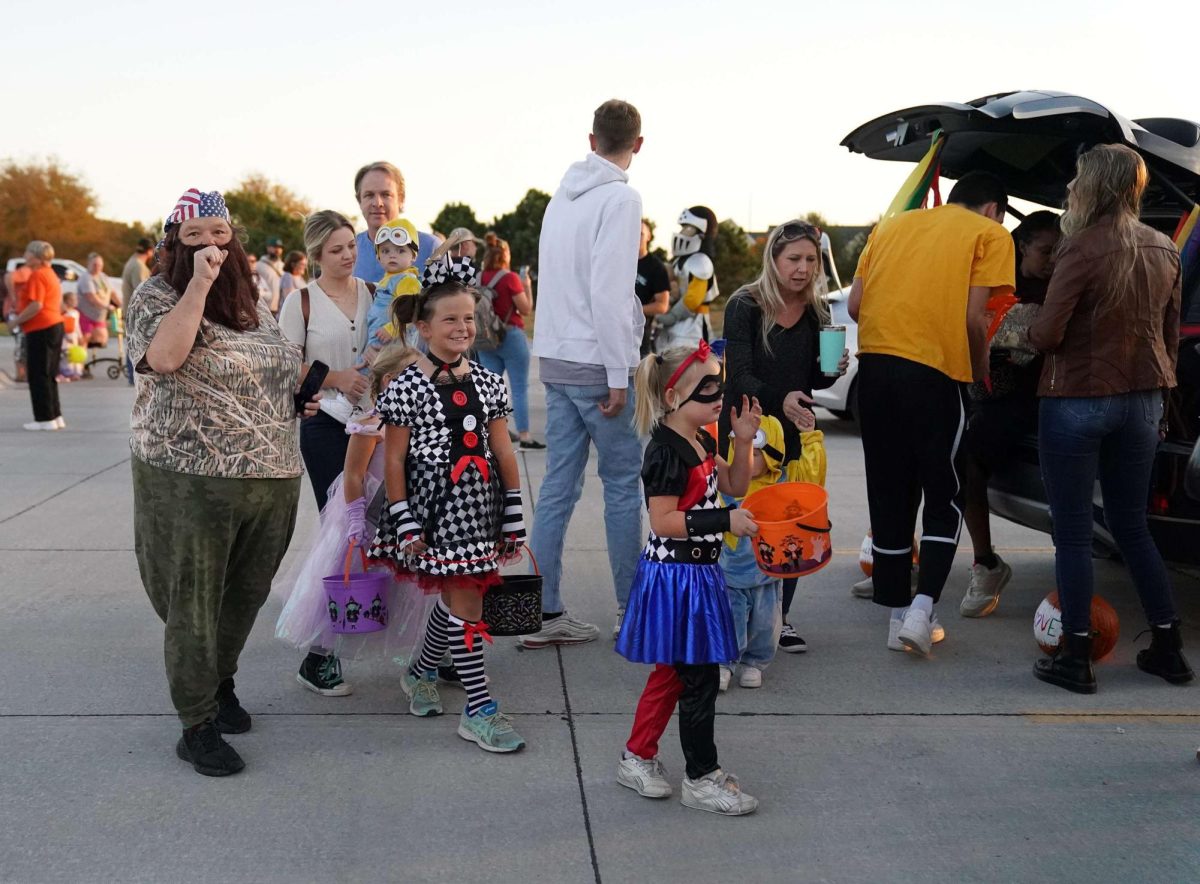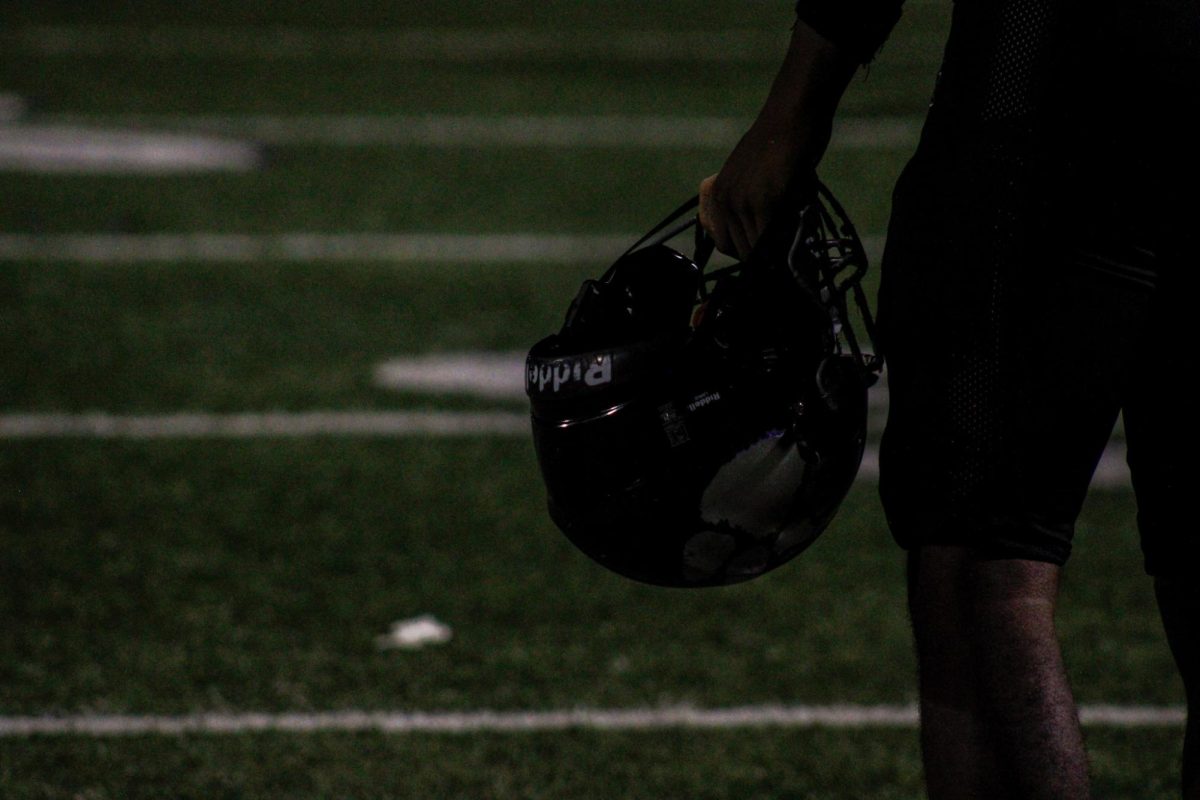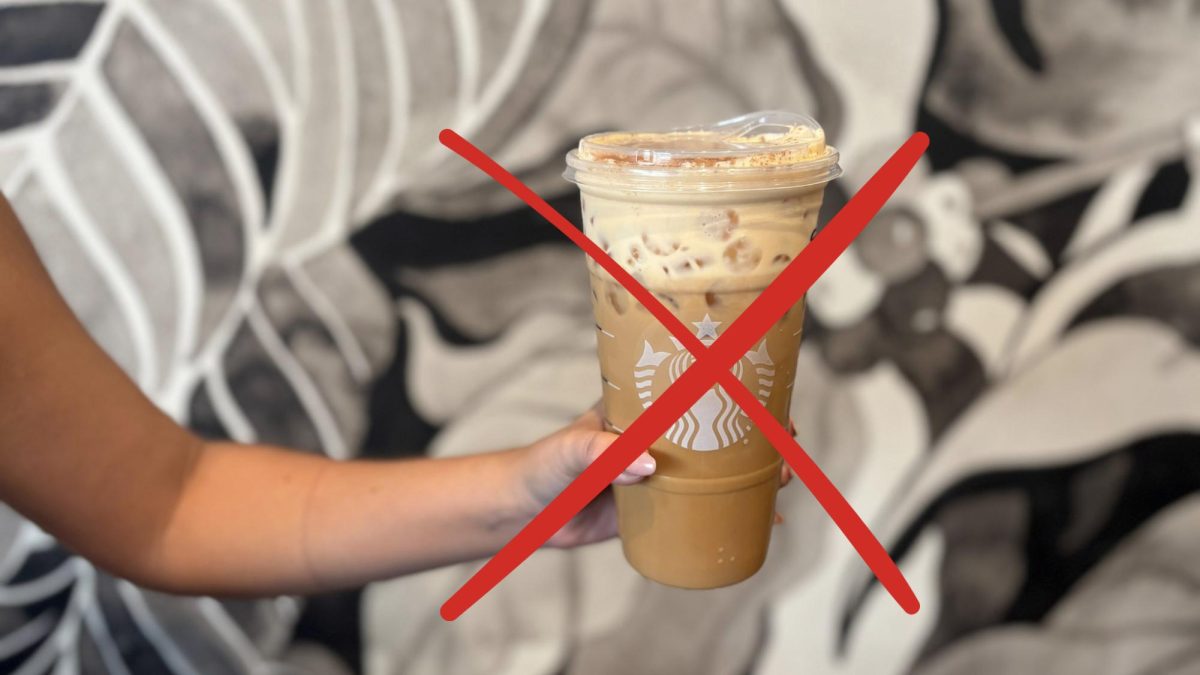With Halloween right around the corner, the month of October is in full swing, filled with vitality and festivity. On Halloween, families and friends gather to participate in the holiday’s activities, like dressing in costumes, carving pumpkins, gathering in parties and trick-or-treating. However, in recent years, many families have opted to celebrate trick-or- treating in a new fashion: Trunk-or-Treating.
The Early History of Trick-or-Treating
Before diving into the modern way of trick-or-treating, it is important to understand the background and history of it first.
The origin of trick-or-treating dates back to around 2,000 years ago to the Celtic Pagans who originated in parts of Ireland, Scotland, United Kingdom, and Northern Europe. This group honored the dead through a festival called Samhain which marked the end of a harvest season and a Celtic New Year. The Celtics believed this period as the time where the spirits and afterlife walked the earth, making the barrier of the living and dead thin. This holiday intended for them to connect to spirits, which they showcased by offering food, performing rituals, and using costumes to disguise themselves or scare hostile spirits. This tradition in totality was to honor and shoo off unwelcome spirits.
The Pagan tradition soon came to a halt with the spread of Christianity in Europe and transformed into a new holiday, All Saints Day also known as Hallow’s Eve. The traditions were changed by people going door to door to pray for others passed loved ones, in return for a baked good called a “soul cake.” According to Better Homes and Gardens, this act of going door to door in exchange for treats was the first part of the action on trick-or-treating.
This tradition later spread to the U.S., with Irish immigrants migrating to America due to the Irish Potato Famine in the late 19th century. Here the tradition of Hallow’s Eve was kept, but it was becoming a problem in the early 20th century, predominantly involving young children. At first, children sang and played tricks for goods, but this escalated into full-blown vandalism with children going back to the Samhain ideals of pranking and concealing their identities with costumes.
Many homeowners offered treats like candy to not have them mess with their homes thus, making the phrase “trick-or-treat”. History.com states that this trouble was soon solved, when communities came together to create a more organized and community-based way of continuing the acts.
These Halloween traditions stopped again when the Second World War took place, and the resource of sugar was low. It took off again after WW2, because there were no more rationings of sugar. This is also when, according to National Geographic, the idea of Halloween became more commercialized. According to Consolidated Credit, Halloween is now the 3rd most popular holiday in America with 10.6 billion dollars spent in 2023.
A New Alternative: Trunk-or-Treating
The idea of trunk-or-treating was inspired by the original activity of trick-or-treating on Halloween. Its beginnings were found in churches around the 1990’ s in America, where Christian believers found an alternative to the original holiday, making it a safer and a family-oriented celebration.
According to realsimple.com, the event takes a twist on the original trick-or-treating where kids go car to car instead of door to door, gathering candy and playing interactive games at each spot. The participants that give out the sweets normally decorate their car using different themes, like how one would decorate their home.

Amber Williams, a Southern California resident and mother of three children, shared her opinions on trunk-or-treating.
“I don’t know much about trunk-or-treating, but I know it’s where most Christians go to give their own option of trick-or-treating in a safe space. If I was able to be in a location where my family could trunk-or-treat, I would check it out.”
Another reason why parents may opt for trunk-or-treating is due to the possible hazards pertaining to candy safety. Some parents expressed their worries that unknown strangers may tamper with the candies distributed,and feel more comfortable with trunk-or-treating because the participants passing out candy must register in advance.
As claimed by Fox News, most of the parents’ concerns are all myths, and there isn’t enough evidence to prove the meddling with candy. However, parents feel conflicted with the overall idea of going to unknown people’s houses, and prefer the idea of staying near the” trunk-or-treating” sites instead.
After the 2020 Coronavirus pandemic, the idea of trunk-or-treating became more prevalent. For many, trunk-or-treating felt safer since it was easier to maintain the correct cautionary measures. Many neighborhoods gained inspiration from the once-church alternative after the pandemic, adopting it into their own communities. The cities of La Verne, Norco, and Ontario all host community trunk-or-treating events.
Despite its values about safety and security, some people criticize its laziness. Many believe that the newfound idea of trunk-or-treating has taken away the original excitement of trick-or-treating by going door to door. They believe that the memories are made by bonding with friends, the involvement of neighborhoods decorating their homes, and kids knocking on doors with bravery. They also believe trunk or treating strips all the original characteristics of the Halloween experience.
Still, it is mostly up to the preferences of parents and kids to choose how they want to celebrate their Halloween. After all, the different ways of celebrating Halloween can be special and unique to different people’s beliefs.
Williams shared her opinions on both sides of Halloween celebration.
“I’m trick-or-treating with my family this year so my kids can experience time to spend outside of school with their friends, and to see the different houses and decorations.”
Personally, as growing up participating in both trick-or-treating and trunk-or-treating, I prefer trick-or-treating because I think there are a lot of festive house decorations, and there is more space to enjoy the holiday.
Whether you choose to trick-or-treat or trunk-or-treat, one of the most important things is to celebrate the holiday safely.








